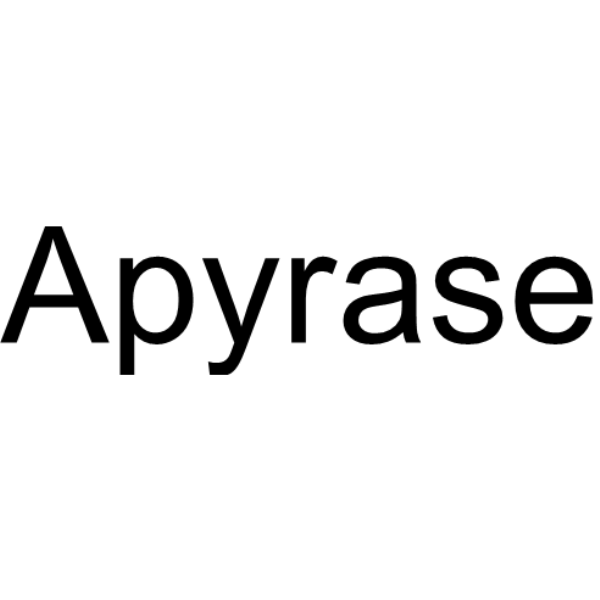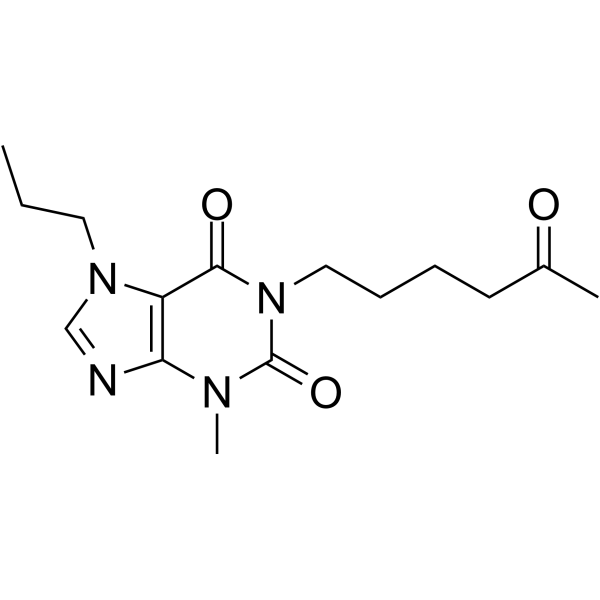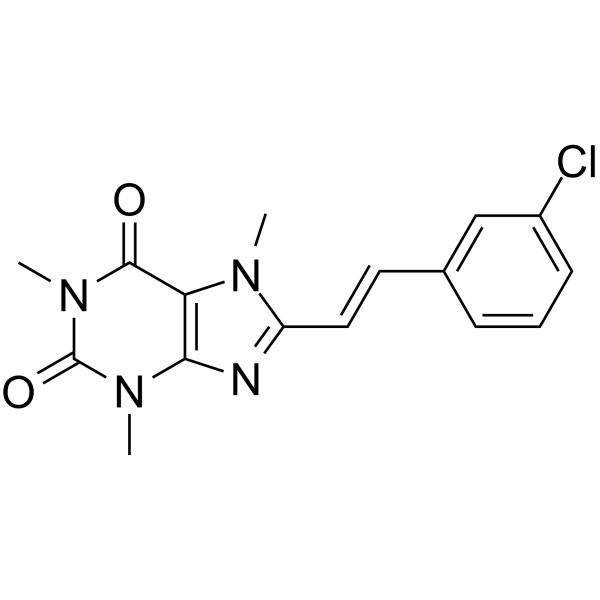| 结构式 | 名称/CAS号 | 全部文献 |
|---|---|---|
 |
三磷酸腺苷双磷酸酶 来源于马铃薯
CAS:9000-95-7 |
|
 |
普罗潘非林
CAS:55242-55-2 |
|
 |
8-(3-Chlorostyryl)caffeine
CAS:147700-11-6 |